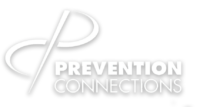Plan in Action
Curious how Virginia communities are implementing the Action Plan?
Across the Commonwealth, there are numerous coalitions dedicated to promoting healthy eating and active living. This page highlights their stories, as well as tips from other experts, for how to put the plan in action in every community.
Latest Posts
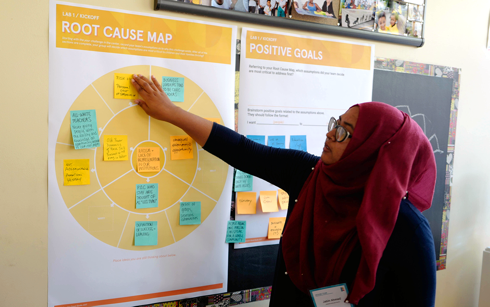 Community Engagement Principles for a Healthy Virginia (4/23/2020) - Authentically engaging stakeholders is the key to moving the Action Plan for a Healthy Virginia from vision to reality to ensure all Virginians can reach their full health potential.
Community Engagement Principles for a Healthy Virginia (4/23/2020) - Authentically engaging stakeholders is the key to moving the Action Plan for a Healthy Virginia from vision to reality to ensure all Virginians can reach their full health potential.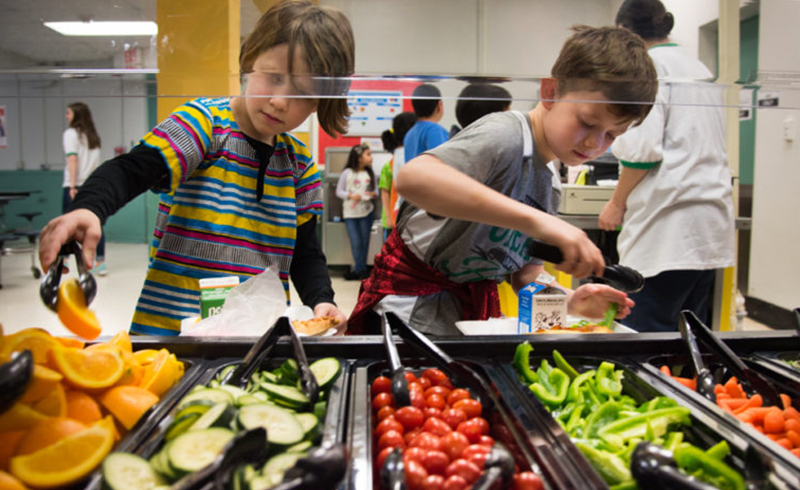 Reimaging School Nutrition: Lesson from Alexandria City Public Schools (3/11/2020) - At Alexandria City Public Schools (ACPS), we are committed to ensuring that all children have the nutrition they need to thrive.
Reimaging School Nutrition: Lesson from Alexandria City Public Schools (3/11/2020) - At Alexandria City Public Schools (ACPS), we are committed to ensuring that all children have the nutrition they need to thrive.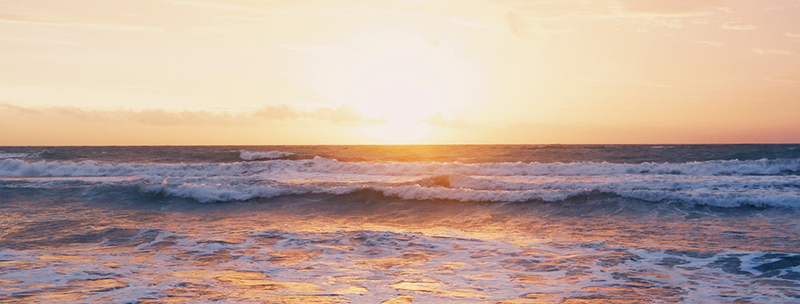 Greetings from VA’s Eastern Shore (3/11/2020) - The beauty of VA’s Eastern Shore is matched only by the generous spirit of its residents who volunteer to remove barriers to well-being as they see them.
Greetings from VA’s Eastern Shore (3/11/2020) - The beauty of VA’s Eastern Shore is matched only by the generous spirit of its residents who volunteer to remove barriers to well-being as they see them.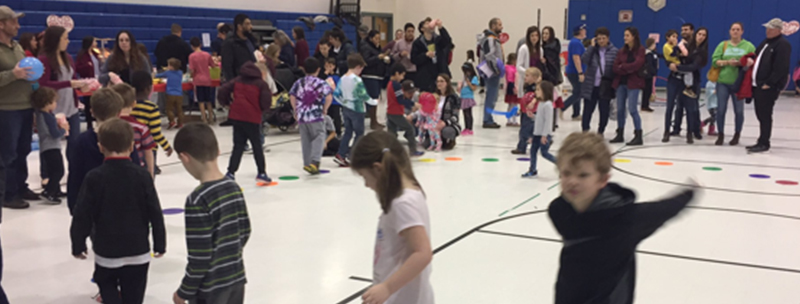 Healthy Families, Healthy Virginia (3/11/2020) - Healthy families make for a healthy Virginia! When schools and families work together, young people have better health outcomes, higher academic achievement, and enhanced social skills,1 which prepare them to become successful community leaders.
Healthy Families, Healthy Virginia (3/11/2020) - Healthy families make for a healthy Virginia! When schools and families work together, young people have better health outcomes, higher academic achievement, and enhanced social skills,1 which prepare them to become successful community leaders.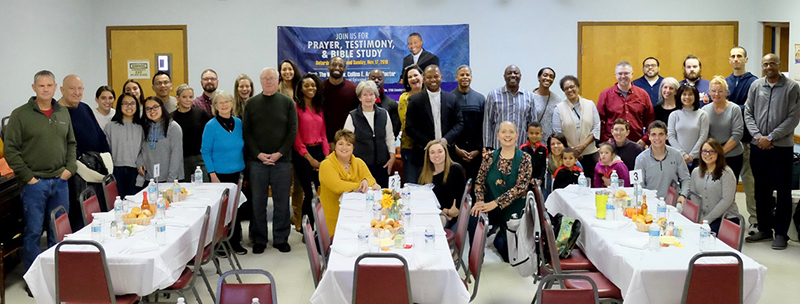 Collaborating for a Hunger Free Alexandria (3/11/2020) - According to Feeding America’s Map the Meal Gap there are over 860,000 Virginians who are food insecure. The US Department of Agriculture’s Economic Research Service defines food insecurity as a lack of consistent access to enough food for a healthy, active life.
Collaborating for a Hunger Free Alexandria (3/11/2020) - According to Feeding America’s Map the Meal Gap there are over 860,000 Virginians who are food insecure. The US Department of Agriculture’s Economic Research Service defines food insecurity as a lack of consistent access to enough food for a healthy, active life. 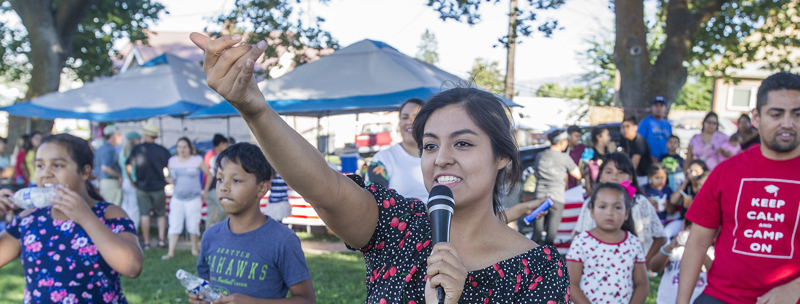 High-Quality, Beautiful Parks Makes for a Healthier Virginia (1/24/2020) - In this blog, Geneva Vest, Program Coordinator of Creative Placemaking for The Trust for Public Land, shares how health officials can marry the benefits that arts and parks to promote community health. According to Geneva, “What starts as a park renovation can become a social movement…There are invaluable voices in your community that can shape not just how many parks are accessible, but symbolize your community identity as resilient, creative, and healthy.”
High-Quality, Beautiful Parks Makes for a Healthier Virginia (1/24/2020) - In this blog, Geneva Vest, Program Coordinator of Creative Placemaking for The Trust for Public Land, shares how health officials can marry the benefits that arts and parks to promote community health. According to Geneva, “What starts as a park renovation can become a social movement…There are invaluable voices in your community that can shape not just how many parks are accessible, but symbolize your community identity as resilient, creative, and healthy.”
